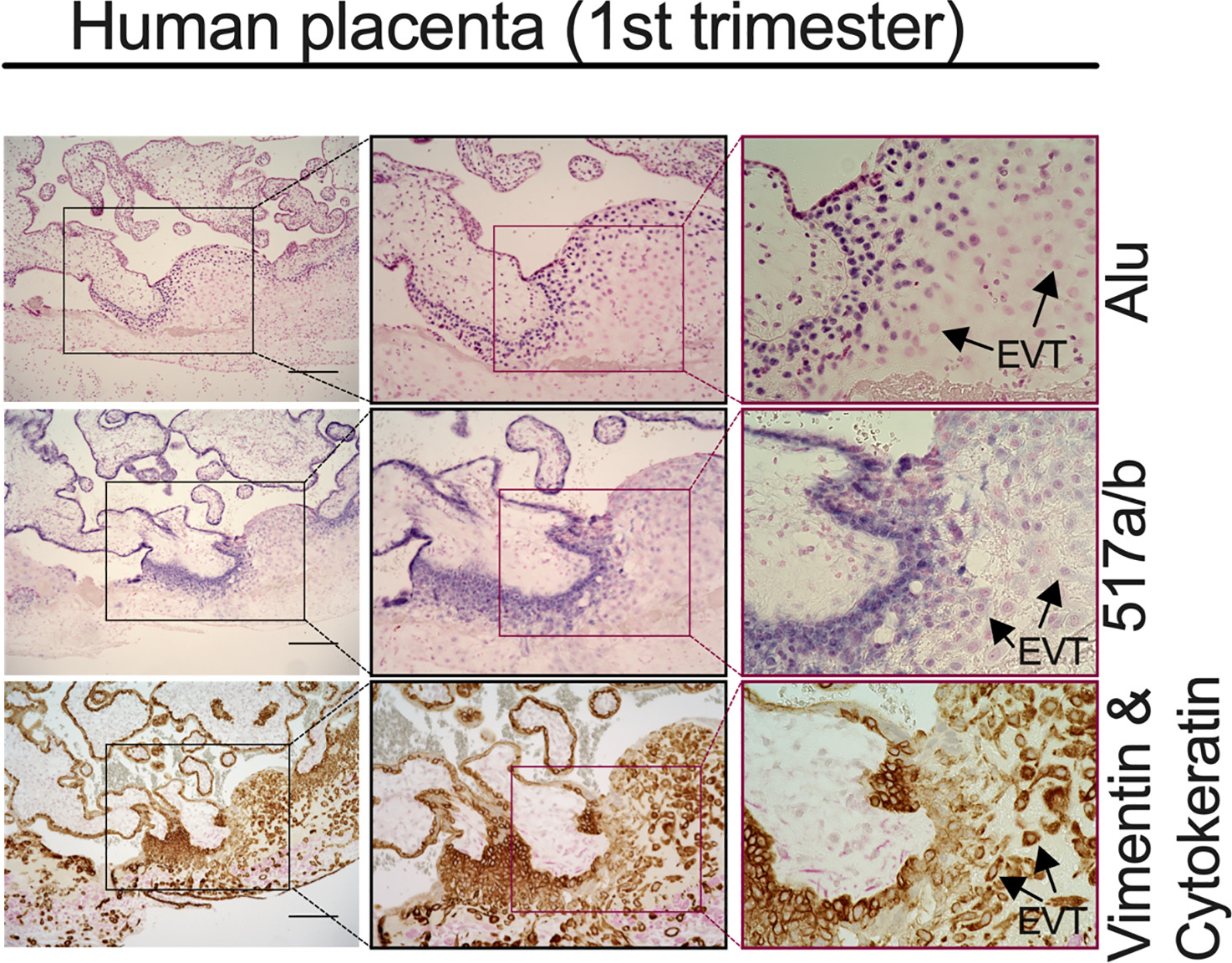Research
Our lab focuses on developing innovative therapies and understanding fundamental biological processes. We are developing nanotherapies for cardiovascular disease and uncovering new antiviral defense mechanisms within the placenta, both with the goal of improving human health.
Atherosclerotic Cardiovascular Disease

injured arteries treated with cell selective
Ad-p27-126Ts miRNA switch

exhibiting restenosis after balloon injury


